Delhi is a city of contrasts. There are many historical places, monuments and forts to visit in Delhi. In the northern part is the Old City or Old Delhi. There are many old mosques. And they are hidden in a maze of narrow streets. Go shopping at Chandni Chowk market, feel the ambiance of the old glory days of the Mughal Empire or visit the Red Fort. Traffic is chaotic and the streets are dominated by rickshaws and motorcycles. An easier option is to use the underground metro to go around in Delhi.
South Delhi is totally different. New Delhi is located in the southern part of the city. This part of the city is spacious with green boulevards, a number of historical parks and gorgeous residential areas. New Delhi is created by the British and most embassies and government buildings are located here. You can go for drinks and food at popular areas, like Haus Khas Village and Khan Market.
Throughout the ages the city has been plundered and destroyed multiple times. Delhi played a significant role in and around India. The city has a central and strategic location between the Ganges and Indus rivers. Delhi originated from eight seperate cities.
Table of Contents
Dhillika (Lalkot)
The first city is Dhillika, or Lalkot. The city is founded in the 11th century by the Rajputs. They are a tribe of Hindu warriors from Rajasthan. Under the influence of the Rajputs Dynasty Dhillika expanded in the 12th century. In 1206 Qutb-ud-din Aibak took over the city. He is the first Islamic ruler of the city. He became the first Sultan of Delhi of the Mamluk Dynasty. In this period many Hindu shrines were destroyed. Qutb-ud-din Aibak (Qutb) started building the Quwwat-ul-Islam Mosque and Qutb Minar.
Quwwat-Ul-Islam Mosque
Mohammed Gahri invaded India in the late 12th century. Qutb was a general throughout the invasion. Mohammed was assassinated in 1206 and Qutb seized the throne and crowned himself Sultan of the Mamluk Dynasty. The Mamluk Dynasty is often referred to as the Slave Dynasty. Qutb was born a slave in Turkey. The dynasty lasted a few centuries. The Muslim rule lasted until the British occupation in 1858.
Qutb Minar
Qutb ordered the destruction of 27 Hindu and Jain temples to collect building materials for the construction of Delhi’s first mosque, Quwwat-Ul-Islam, the Glory of Islam. The mosque is mostly known for the Qutb Minar, the Tower of Victory. To celebrate the Muslim conquest of India. The workers reused the columns from the destroyed Hindu temples. Using these materials was problematic. The Islamic custom is against the use of images in mosques. The Hindu masons had to plaster over the sculpted Hindu columns and cover them with geometric designs. After centuries of neglect the plaster started to fall off. Some spots reveal the original Hindu carvings. The Qutb Minar is 73 meters high and the tallest brick minaret in the world. The tower is listed as UNESCO World Heritage Site along with surrounding buildings and monuments.

Qutb died and his son-in-law Altamash extended the mosque. He replaced most of the Hindu masons with Islamic masons. The arches constructed under Altamash have strong Islamic features. Altamash built his own tomb on the west side of the mosque. Later rulers, like Alla-ud-din Khalij, added other structures and gardens.
Siri
Ala-ud-din Khalij is known to the west as Alladin. He left Dhillika and moved to Siri, the second city of Delhi. This city was founded around 1300 by Alla-ud-din. Siri was built to defend the invasions by the Mughals. The camp was fortified in1303. Only a few ruins and remnants are left of Siri.
Tughlaqabad
The fort Tughlaqabad is founded in 1325 by Ghiyas-ud-Din. The ruins of this fort can be found east of the Qutb Minar Complex. The city was abandoned in 1327. On the south side of the fortification is the mausoleum of Ghiyas-ud-Din. Inside the mausoleum are three graves. The central grave belongs to Ghiyas-ud-Din and the other two are believed to belong to his wife and son. Tughalaqabad is a remarkable massive stone fortification. The walls are 10 to 15 meters high. The city used to have 52 gates. Only 13 gates remain. The mausoleum and walls are well-preserved. A huge part of the city is not accessible due to dense thorny vegetation.
Jahanpanah
The fourth city of Delhi is Jahanpanah. Tughlaqabad and Jahanpanah are both built by the Tughluq Dynasty. The city is built by the son of Ghiyas-ud-Din, Mohammed Tughluq in 1325. Two long walls are connecting the first two cities; the Qutb Minar Complex and Siri. At that time there was a constant threat from the Mughals. Jahanpanah is built as fortified city to fight against the Mughals. Not much is left of the city. A few ruins between Siri and Qutb Minar is all what’s left of Jahanpanah.
Firuzabad
The city Firuzabad is built in 1354 by Sultan Feroz Shah Tughluq. He built the fortress Feroz Shah Kotla as well. The fort is recognizable by the pillar or obelisk built by King Ashoka. The Ashoka Pillar dates back to 273-236 BC and was originally built in Topra Kalan in Haryana. There is a second Ashoka Pillar built in Meerut. Both pillars were replaced by Feroz Shah Tughluq. They were wrapped in cotton silk and 200 men were needed to move the pillars to Delhi. One pillar is placed within Feroz Shah Kotla and the other pillar near Delhi University. This happened in 1536 and the Sultanate placed the pillar perfectly north of the mosque, Jami Massjid. The Prayer Hall was used by the Royal Ladies. The architecture of the mosque is an example of Tughluq architecture.

Din Panah
At Din Panah is Purana Qila, the Old Fort. The fort is formely called Shergarh & Sher Fort. The complex has been inhabited continuously for 2500 years. The Archaeological Survey of India (ASI) found remains dating back to the pre-Mauryan era in the 3rd century BC. The walls of the fort are 18 meters high and have three gateways. The Big Gate on the west side is in use today. The Qila-i-Kuhna Mosque is a great example of pre-Mughal architecture. A typical feature are the horse-shaped arches. There are other monuments at the complex, like Sher Mandel, Humayun Gate, the West Gate and the North Gate.
Old Delhi
Old Delhi was founded in 1639 and used to be called Shahjahabad. The Mughal Emperor Shah Jahan decided to move the capital city. They moved from Agra to Delhi. Agra is famous because of the iconic Indian landmark, the Taj Mahal. The construction of Old Delhi was completed in 1648. Old Delhi is know an extremely crowded neighbourhood with small streets, heavy traffic and many markets. It used to be an area with mansions of nobles and members of the royal court. There were elegant mosques, parks and flower gardens. Only a few havelis are left today. Havelis are traditional townhouses in India and became popular under the Mughal Empire.
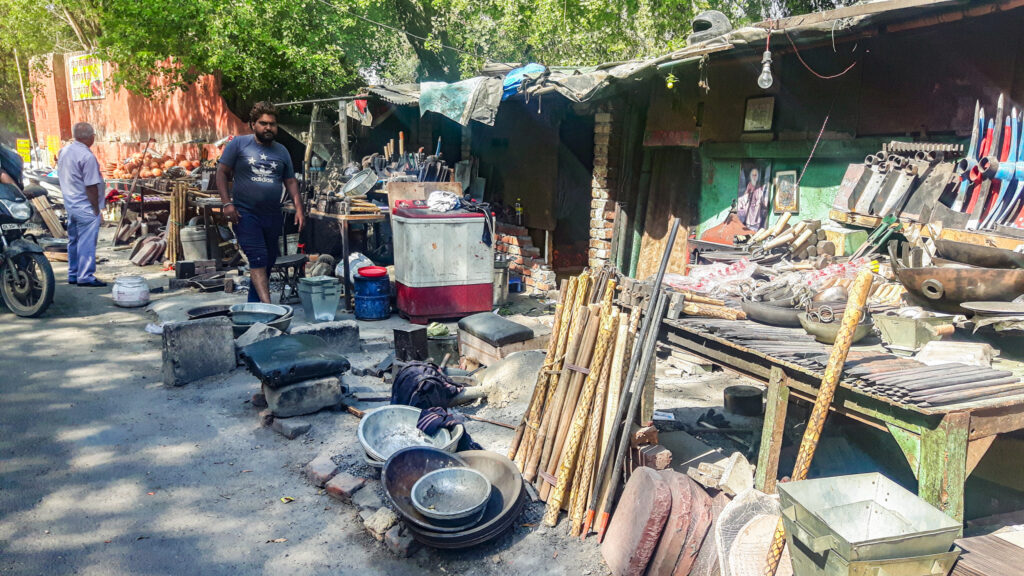
Jama Masjid
The Islamic architecture was thriving. An architectural example is Jama Masjid, one of the largest mosques in India. The mosque is built by the Mughal Emperor Shah Jahan between 1650 and 1656. The mosque is located on a natural enhancement. The famous architect Ustad Khalil constructed the mosque with 5000 workmen. The courtyard of the mosque is 410 square feet and can accommodate 25.000 worshippers. Non-Muslims are free to visit Jama Masjid, except between the hours of 12.30 to 14.00pm.
Red Fort
The walls of the Red Fort was originally built of mud. In 1657 the mud was replaced by red stone. It was the main residence of the Mughals. The gates were closed every night. The fort was invaded by Nadir Shah in 1747. They stole artwork and jewels. Most of the marble structures are destroyed by the British in 1857.
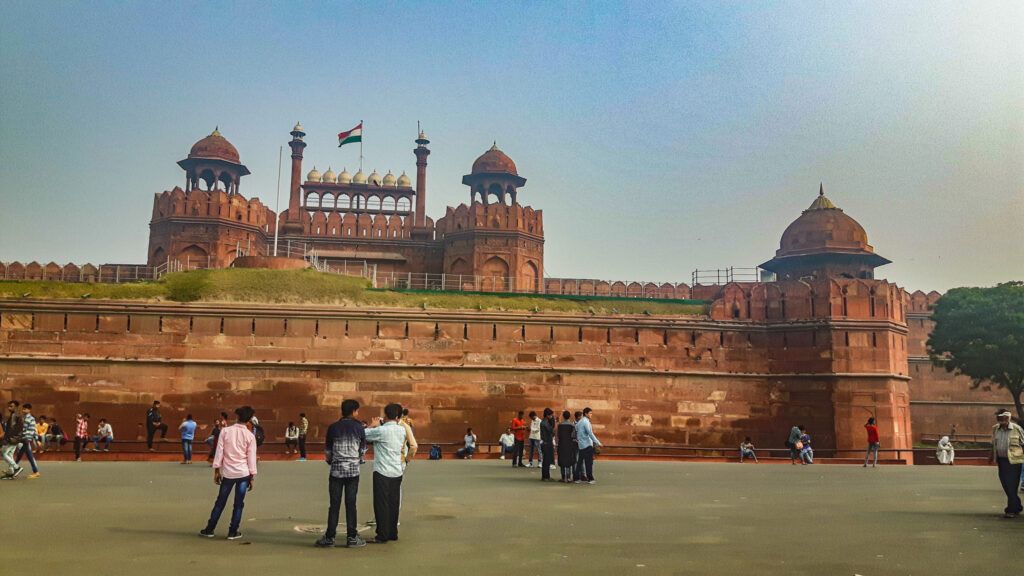
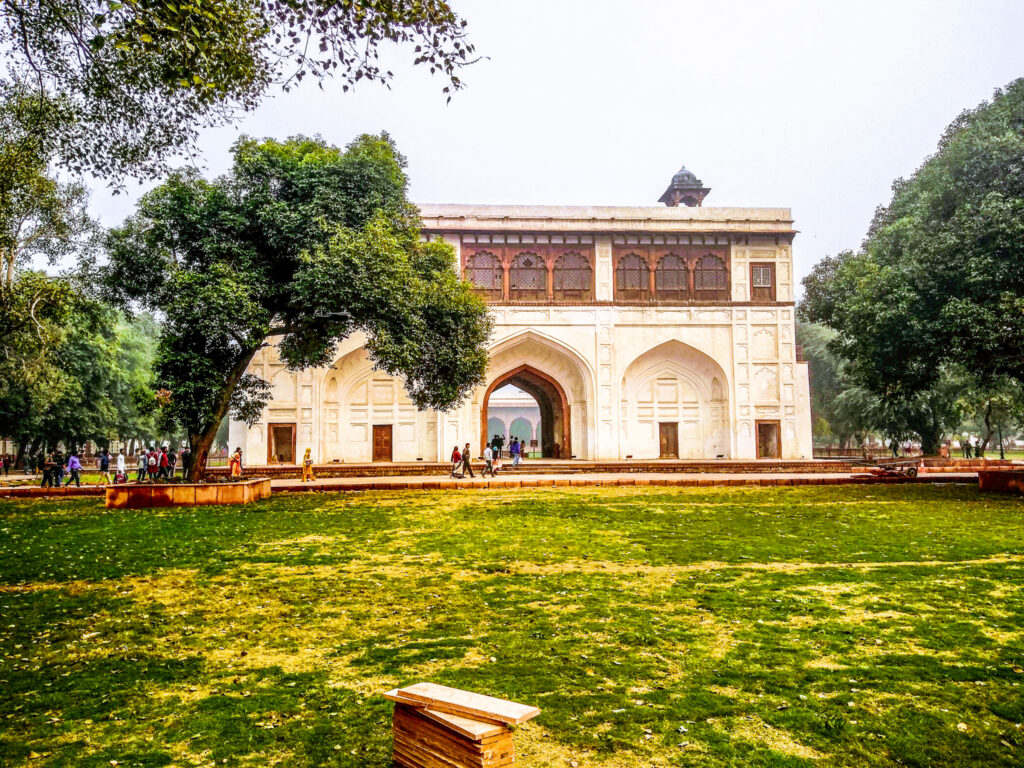
Chandni Chowk
Chandni Chowk is the main street and famous as shopping/ market street. There used to be a canal in the middle of the street. Chandni Chowk and surrounding streets are a huge open-air bazaar. They sell silver, flowers, sari’s, home appliances and many other items. There are hundreds of restaurants, street vendors and food stalls in this area. The streets are chaotic but it’s an unique experience to walk around in Chandni Chowk The street begins at the Red Fort and ends at Fatephuri Masjid.
New Delhi
The British started to rule India. Kolkata became the new capital city. In 1911 the British decided to move the capital city back to the central located city of Delhi. Architects Edwin Lutyens and Herbert Baker were commissioned to construct a new city. In 1931 New Delhi was opened and became the eight city of Delhi. This part of Delhi is spacious with green boulevards, villas and public parks. A few main structures are the India Gate, Parliament House and Rashtrapati Bhavan. The last building is the residence of the prime minister of India.
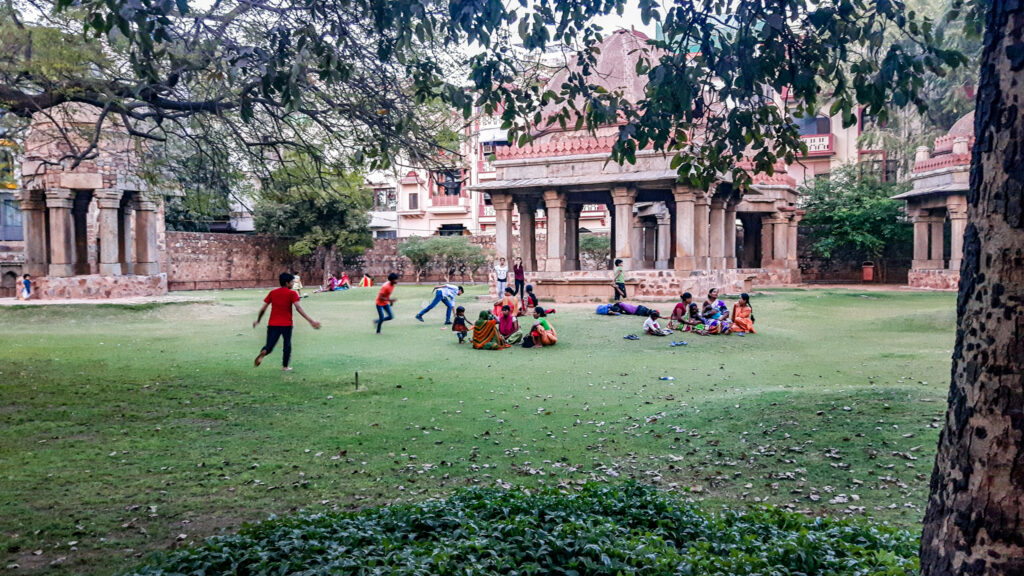
Rashtrapati Bhavan
The Presidential Palace is the official residence of the prime minister of India. The palace is situated at the western side of New Delhi. The huge red and white sandstone palace has 340 rooms. The architect Edwin Lutyens used different architectural styles in his design. The design is inspired by the neo-baroque Edwardian architectural style. The style was popular in Britain during the Edwardian era in 1901 – 1910. Edwardian architecture is often applied to major buildings like Rashtrapati Bhavan. Lutyens uses classic motifs to emphasise power and authority. The early designs of Luytens were entirely European. The design process was complicated and politically challenging. Various Indian elements were implemented with the classical architectural style after protest from the locals.
Connaught Place
Connaught Place is located at the north side of New Delhi. The concentric circled square is named after the Duke of Connaught. He visited Delhi in 1920 when Connaught Place was constructed. Connaught Place is often named by citizens as CP. It’s the commercial centre of New Delhi. In the middle of the square is a park and CP is built with 3 concentric circled streets around the park. Connaught Place is easily recognized by the white coloured colonial architecture. Inside the arcades are many shops, restaurants, banks, hotels and cinemas.
Jantar Mantar
Close to Connaught Place is Jantar Mantar. The observatory at Parliament street was used by the famous astronomer Maharaja Jai Singh II of Jaipur. Jantar Mantar is built by Mughal Emperor Mohammed Shah in 1725. He wanted this observatory to collect data and correct the existing Indian calendar and astronomical tables. The complex has 13 instruments. The site is one of five built by Maharaja Jai Singh II. The park around Jantar Mantar is popular as picknick spot.
Laxminarayan Temple
This modern elegant Hindu temple is built by industrialist and philanthropist Raja Baldev Birla. The locals use the name Birla Mandir (mandir is temple). The Laxminarayan Temple is dedicated to Vishnu and his consort Lakshmi. Lakshmi is the Goddess of welfare. The side temples are dedicated to Krishna, Shiva and Buddha. It was the first large Hindu temple in Delhi after the Mughal Empire. In 1939 the temple was inaugurated by Mahatma Gandhi. The temple is open for everyone. Regardless of religion or caste.
National Museum
South of Raj Path is the National Museum. They have sculptures and artefacts from the Indus civilization dating back to the period 3000-1500 BC in north India. And from the Chola Dynasty from 850-1280 BC in south India. There are displays of Buddhist art, Indian Scripts, jewellery, Central Asian Antiquities, Maritime Heritage and a few other categories.
India Gate
At the eastern end of Raj Path is the India Gate. The triumphal arch is a 42 meters high war memorial. In the First World War 90.000 soldiers of the Indian-British army died. There are 13.000 names engraved in the stone of the monument. The gate is designed by Edwin Lutyens. The architectural style of the India gate is inspired by the Arch of Constantine in Rome.
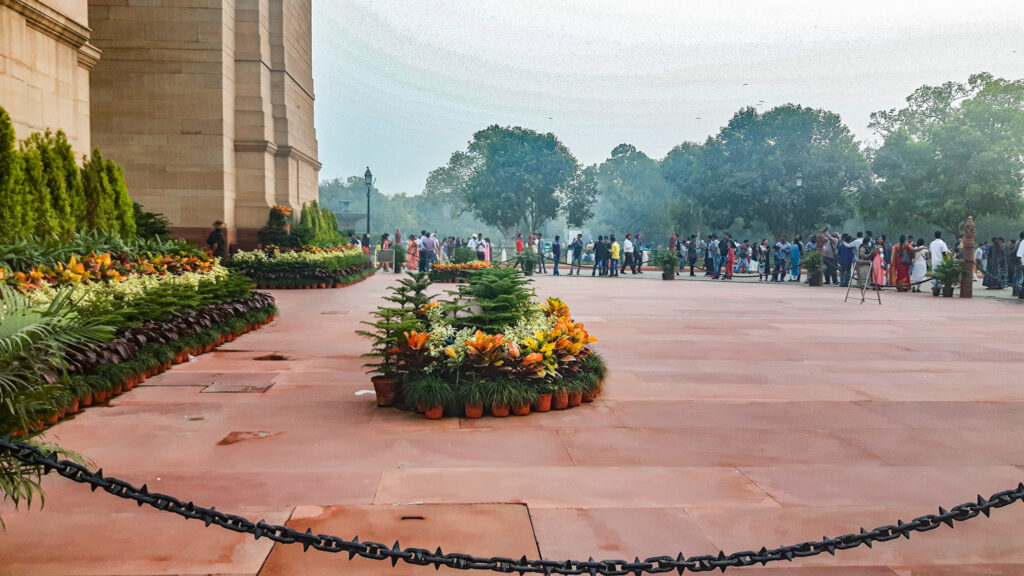
Lodi Gardens and Tombs
The Lodi Garden is a city park in New Delhi. In the gardens is the tomb of Sikander Lodi. The tomb is built by his son Ibrahim in 1517. The mausoleum in the middle of the gardens is from an unknown officer of the Lodi Council. The mausoleum and the mosque next to it, are both built by Sikander Lodi in 1494. The gardens are close to the Khan Market, a popular chique shopping and dining area.
Beginners Travel Guide to India
Have a look at the Beginners Travel Guide to India filled with travel related info, tips, places to visit and links to other articles about destinations in India. Or read the Beginners Guide to Indian Culture and Hinduism to learn more about the Indian Culture, the do’s and don’ts and the five most common Hindu Gods.
I also write about sustainable travel and give tips about other practical travel info. If you need some inspiration about places to visit in India, I can recommend visiting the City of Lakes, Udaipur, or go shopping in Jaipur. Explore the colonial architecture in Kochi or the historical temples, palaces and ruins in Hampi.

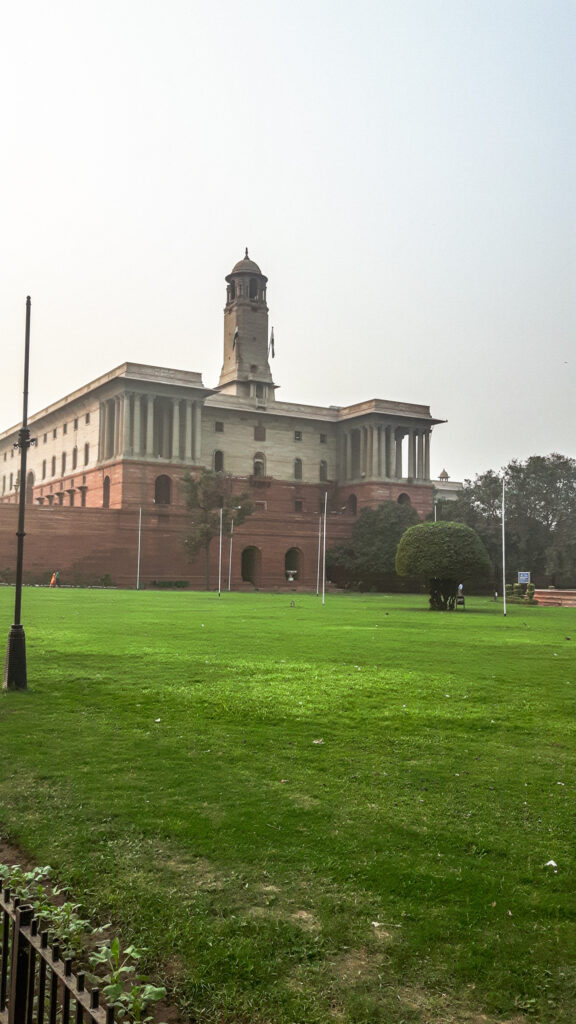
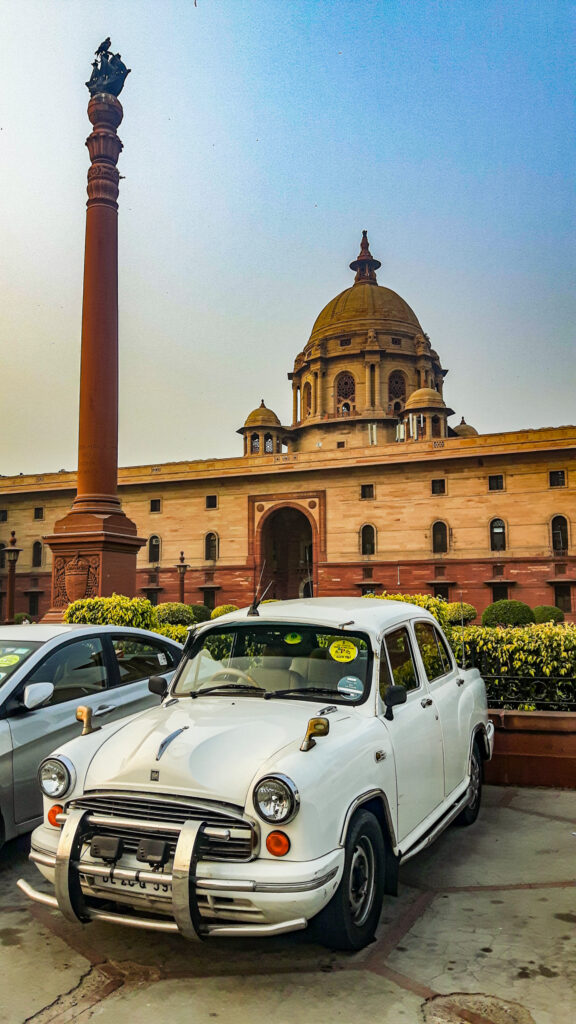
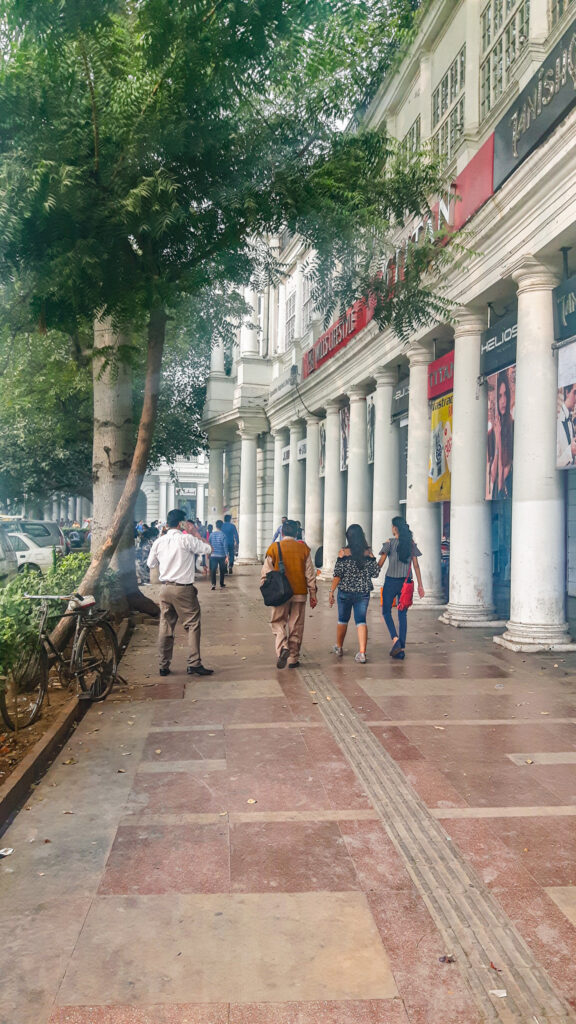
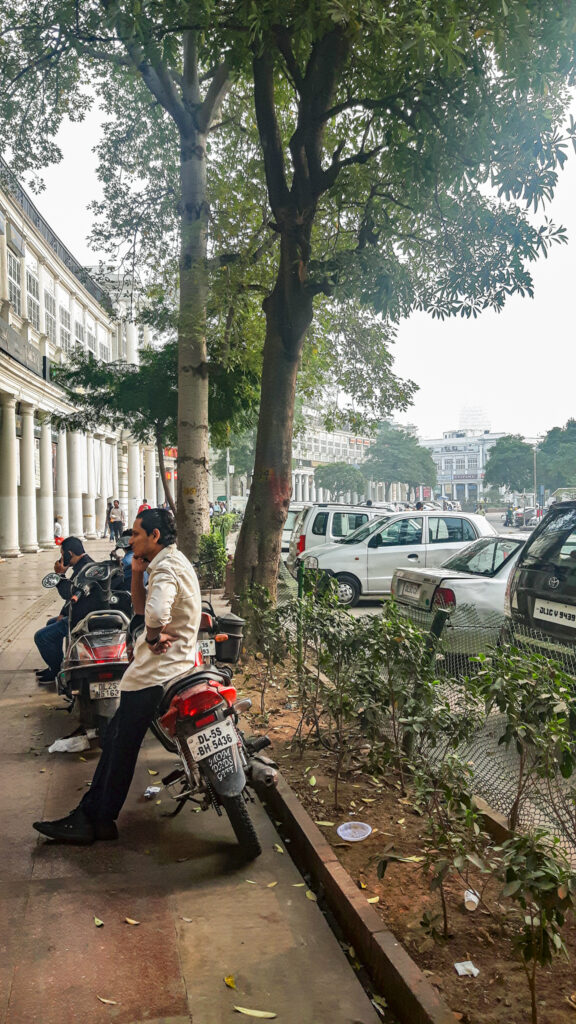
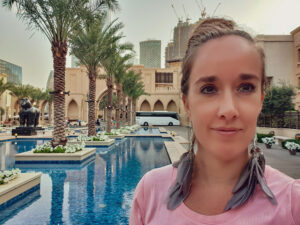
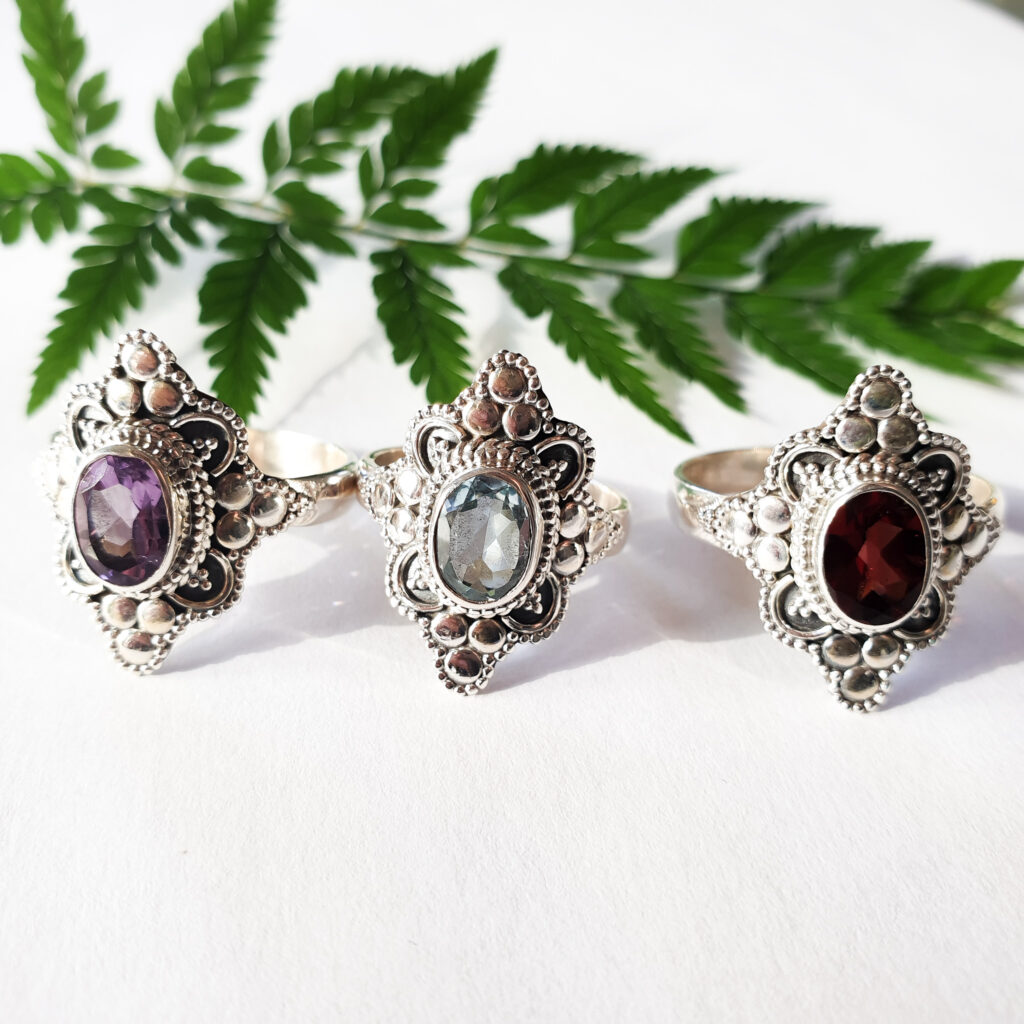
This Post Has 8 Comments
Great post! I live in Delhi and didn’t know about Siri and Dhillika. Thanks for sharing!
Hola,
Great to hear you liked the post. Always good to learn something new.
Adriana
Wow nice post, I wrote something similar about elegant
places in Delhi. Wonderful photos..
Hola,
Thank you for the compliment. I’m going to check out your post. I’m curious what you have written about Delhi.
Adriana
After reading about Dubai, I will have to add Delhi too! My travelling list is getting longer and longer! From the pictures, it looked like an amazing experience! Thanks for sharing Adriana xx
Hola Christina,
Great to hear you are enjoying the articles. India is a wonderful country. Most of the articles are about amazing places to visit in India.
Adriana
What an great post about these historical places in and around Delhi. Well done. I like to know more about the places I visit and this of great help. Eva
Hola Eva,
It is great to know you liked the article and it’s helpful for you. It’s nice to hear from readers appreciating the posts. The historical places are amazing to visit, some are a bit remote and take some time to get too. I hope you enjoy Delhi once we are allowed to travel again.
Adriana